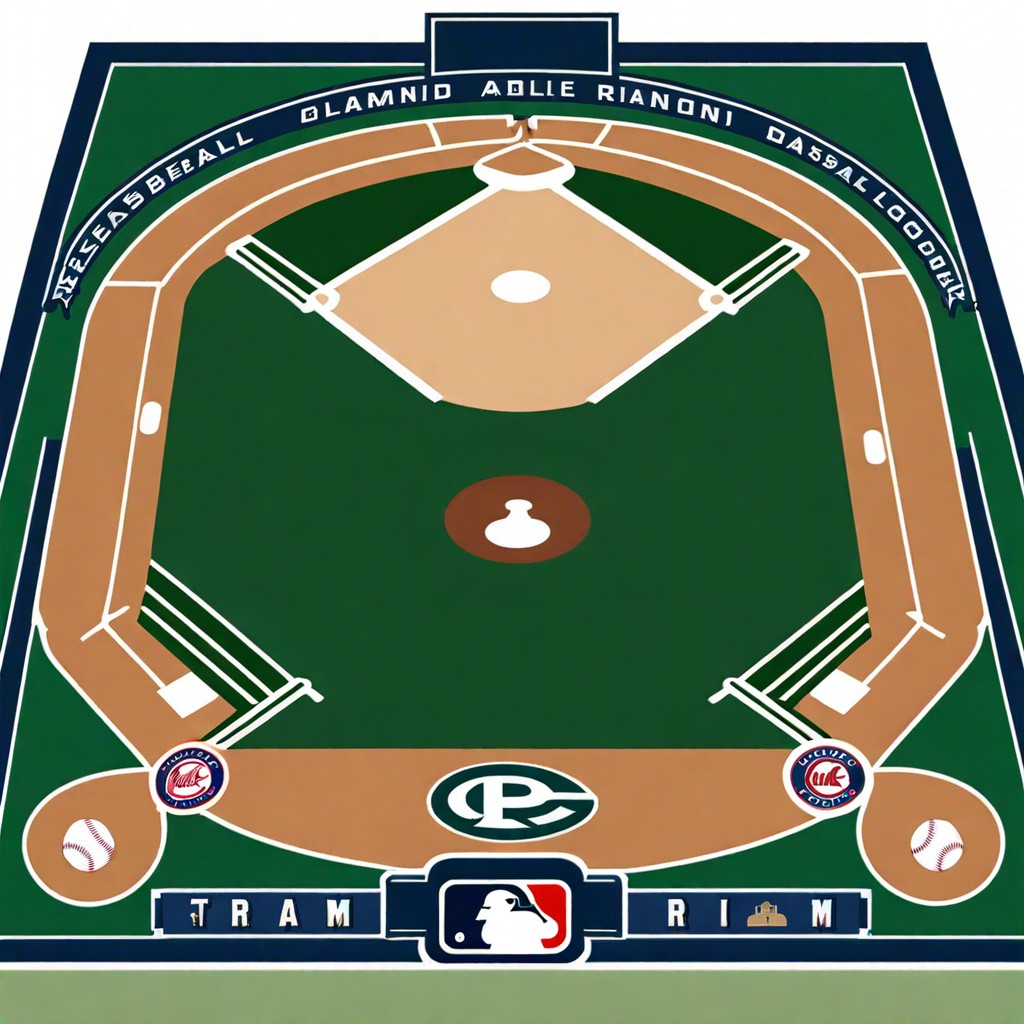Discover how the MLB uses a grid system to organize games and manage team schedules efficiently.
Overview of MLB Grid Concept

Imagine Major League Baseball (MLB) as a giant checkerboard where each square represents a crucial piece of data—this is the essence of the MLB grid system. This framework collects and organizes vast amounts of baseball statistics and player information into a coherent, easy-to-understand format.
- The grid tracks player performance across various metrics like batting average, strikeouts, and home runs. It’s like keeping score in a video game, but these numbers can steer an entire season.
- For team management, this data is the holy grail. It informs decisions about line-ups, player trades, and strategic plays. Think of it as the ultimate cheat sheet but for billion-dollar teams!
- Fans can also dive deep into these stats, potentially improving their fantasy league picks or simply upping their trivia game. Yes, now you can truly impress—or bore—your friends with your next-level baseball geekery.
This neatly arranged data matrix helps everyone from seasoned analysts to casual spectators understand the magic numbers behind the sport’s madness.
The Role of Data Analytics in MLB Grid
Data analytics in major league baseball isn’t just for the number crunchers; it’s a full-blown strategy fiesta. Picture a team of analysts poring over stats like they’re searching for hidden treasure. They analyze everything from player performance to weather conditions, turning traditional baseball on its head.
– Player Performance: Analysts use data to identify patterns and trends in players’ performances. This insight helps coaches decide who should play and where they should be positioned on the field, optimizing team strategy for each game.
– Pitch Analysis: Every pitch thrown is scrutinized—its speed, angle, and outcome. This helps pitchers refine their techniques and strategists to anticipate the opposing team’s moves.
– Injury Prevention: By studying data on players’ movements and physical exertions, teams can predict potential injury risks and reduce them through preventive measures. This keeps the star players on the field where they belong.
– Game Strategies: Data analytics isn’t just reactive; it’s also predictive. Teams simulate various game scenarios to develop strategies that could give them an edge over their opponents.
In essence, data transforms theories into actionable insights, proving that in baseball today, knowledge really is as powerful as a home run. Who knew spreadsheets could be as exciting as sports?
Future of MLB Grid and Potential Changes
As technology zips forward faster than a fastball, MLB grid systems are up for some exciting upgrades. Imagine a world where real-time data isn’t just a buzzword but a tangible game-changer, resulting in smarter, swifter decision-making processes. We’re talking about algorithms that might predict player injuries or slumps, taking the term ‘player management’ to a new orbit.
Integration with virtual and augmented reality could turn data viewing into an immersive experience. Why simply watch a game when you can analyze it like a pro from your living room? These advancements could make “Moneyball” look old school.
Lastly, expect a deeper dive into personalized fan experiences. With advanced data analytics, fans could receive tailored content and predictions about their favorite teams and players, straight to their personal devices. It’s like having a crystal ball but much cooler and less mystical. Stay tuned – the future of baseball just might knock it out of the park!